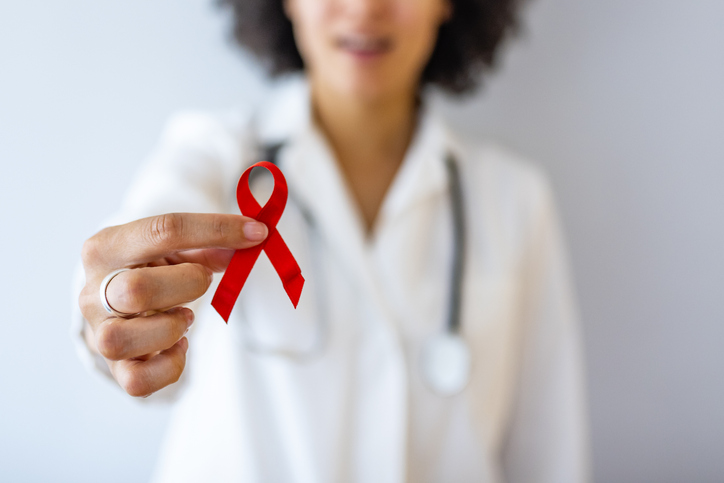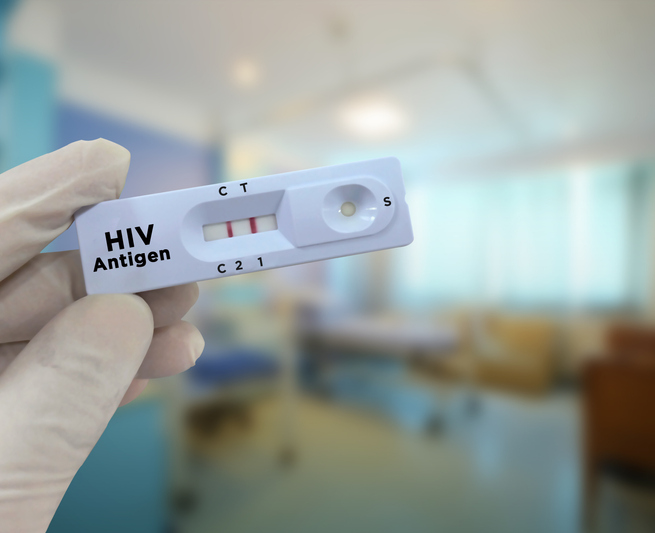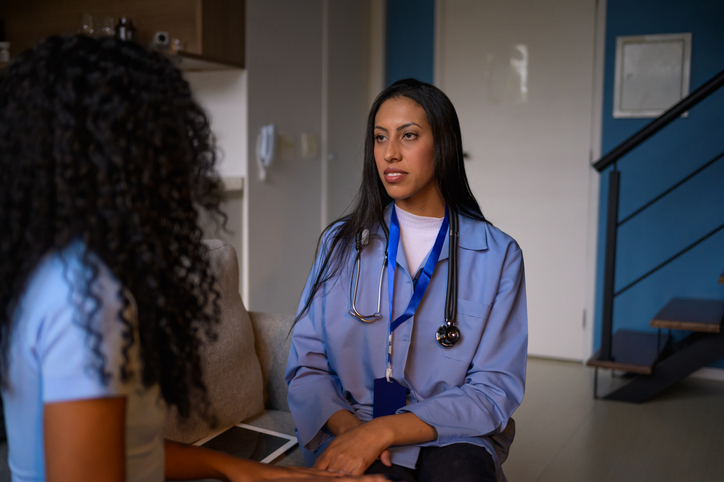World AIDS Day: Black Women Still Highly-Impacted By HIV/AIDS
World AIDS Day: We’ve Come A Long Way But Black Women Are Still Highly-Impacted
Share the post
Share this link via
Or copy link

Source: dragana991 / Getty
On Dec. 1, the world will see its 34th annual World AIDS Day. This day meant to focus on raising awareness of the spread of HIV and AIDS, and to honor those we have lost to this deadly disease.
Thanks to modern medicine, each year, the day becomes a little less dark. With preventative meds like PrEP that can help stop the spread of HIV and viral suppression treatments that can make HIV levels nearly undetectable in infected individuals, the world is, in many ways, winning the battle against HIV/AIDS.
However, for Black communities, HIV/AIDS is still very much in a state of a pandemic. Black women in particular continue to face rising rates of HIV infection and AIDS-related death more than any other ethnic or racial group. Humanity cannot be healthy as a whole until the health of Black women is prioritized. And fighting HIV/AIDS in this group is critical to fighting health disparities at large in the Black community. On this World AIDS Day, here’s a closer look at how the medical community still has a long way to go in helping Black women fight HIV/AIDS.
A Look At The Numbers + Data

Source: Md Zakir Mahmud / Getty
Love MadameNoire? Get more! Join the MadameNoire Newsletter
We care about your data. See our privacy policy.
Six in 10 new cases are in Black women. According to the Center for Disease Control and Prevention, Black women are diagnosed with HIV at disproportionately higher rates than any other group. In fact, Black women account for slightly over half of new HIV cases in women.
Fifty percent of infected Black women don’t get treated. According to the Black Women’s Health Imperative, roughly half of Black women living with HIV are not receiving viral suppression treatment.
Five and 15 times higher. Those are the rates at which Black women are diagnosed with HIV compared to Latin American and white women, respectively.
A top cause of death. Currently, HIV/AIDS-related illnesses remain one of the leading causes of death among Black women ages 25 to 34.
The Root Causes Of The Disparity

Source: rparobe / Getty
Why is it that Black women in America, who presumably have access to the same resources as all other American citizens, are facing these devastating statics?
The answer: they don’t have the same access.
The reasons HIV/AIDS numbers remain strong in the Black community is that Black people do not have the same access to health care or health education as other communities. MADAMENOIRE took a close look at the root causes of healthcare disparities previously. However, here’s a glance at some of the factors that continue to fuel the HIV/AIDS pandemic in the Black community, as provided by the National Library of Medicine:
- There are fewer primary care physicians in Black neighborhoods.
- Black women are less likely than white women to go in for routine checkups.
- Black women face discrimination and stigmatization in seeking treatment for or asking for information about HIV/AIDS.
- Other STDs and STIs that make one more vulnerable to HIV/AIDs are more prevalent in the Black community.
- Black women are diagnosed with HIV/AIDS at a later date compared to other groups, making treatment less effective.
The above-listed factors are anything but isolated or unrelated. They are each part of the deeply broken medical system that has failed the Black community on multiple levels.
One expert at the Northwestern University Feinberg School of Medicine interviewed by NBC News asserts that Black women are not being educated by their medical providers about things like PrEP and antiviral treatment, nor are they being encouraged to get tested and know their status.
What Can Be Done

Source: Shahid Abdullah / Getty
The human population cannot march towards a healthier future until the HIV/AIDS pandemic within the Black community becomes a top priority. Reducing new numbers will require efforts at several levels, including prevention and treatment. The experts in the NBC article suggest the following strategies to healthcare providers, health insurance companies and public health officials:
- Make HIV/AIDS prevention discussions a part of every routine medical visit.
- Educate Black patients about PrEP and HIV testing.
- Diversity training among healthcare providers to reduce stigmatization in speaking to Black patients about HIV/AIDs.
- Health insurance companies should cover or at least partially cover PrEP.
World AIDs Day should be a day when everyone can celebrate the advancements made in HIV/AIDS prevention and treatment. But for the Black community, the battle is far from over, and the medical community should consider it their obligation to participate in this fight.
RELATED CONTENT: Everything You Need To Know About HIV PrEP
-

My Husband And I Attempted To Have A Creative Date Night At Home -Without A Babysitter - Here's How It Went
-

She Tried It: Ivy Park Drip 2 and 2.2 Black Pack
-

Vontélle Eyewear Founders Score History-Making Licensing Deal With Paramount
-

Our Health, Our Power: Debunking Myths And Taking Charge This Open Enrollment



